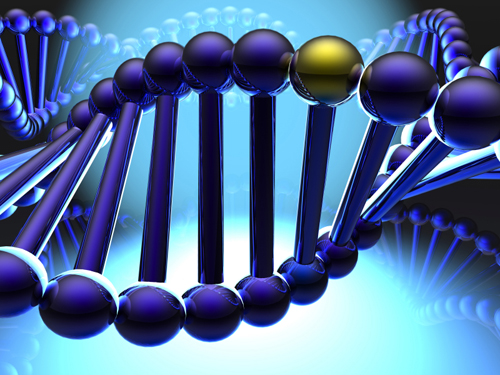
Image : http://www.flickr.com
Fish are vertebrate animals, that is, they all have a vertebral column or 'spine'. There are two main groups of fish, bony fish (Teleosts) and cartilaginous fish (Elasmobranchs). As the common names imply, the skeletons of teleosts are made of bone while the elasmobranchs have cartilaginous skeletons. The elasmobranchs comprise sharks, rays and dogfish which differ from teleosts in many respects. The teleosts are far more numerous, with a greater diversity of species than the elasmobranchs.
All fish are aquatic and breath by absorbing dissolved oxygen in the water using their gills. The bodies of both teleosts and elasmobranchs are covered with scales but those of elasmobranchs are spiky and project through the skin. This makes the skin feel very rough, like coarse sandpaper. The scales of the teleosts have a flattened, discoid shape and are covered by a thin layer of skin and mucus which probably reduces friction between the body and the surrounding water and makes them very slippery.
The swimming mechanism in both groups is very similar. A series of muscular contractions pass down each side of the fish alternately bending it from side to side and pushing backwards and sideways against the water. The water resistance exerts an opposite sideways and forward force on the fish. The sideways forces cancel each other but the forward force propels the fish forward. In both groups there are variations in this method of propulsion. Skates and rays make undulatory movements in the vertical plane as do flatfish like plaice. Some teleosts, such as the sea horse, propel themselves by undulatory movements of their dorsal fin.
In general, the fins contribute to stability and steering rather than propulsion. The median fins, dorsal and ventral, reduce the sideways thrust of the swimming movements and also reduce the tendency to roll from side to side. The paired fins help to steer the fish upwards or downwards through the water and contribute to turning and braking. The paired fins of elasmobranches are held in rather rigid positions while those of teleosts, with their flexible jointing to the body, are more versatile in their movements and can often be seen moving gently to keep the fish in a steady position.
In the teleosts, there is a swim bladder. An elongated, air-filled sac just below the vertebral column. This air bladder keeps the fish buoyant and prevents it from sinking when it stops swimming. The volume of the air bladder can be adjusted to compensate for changes in pressure at different depths. The elasmobranchs do not have swim bladders and so they start to sink if they stop swimming.
Although water is H2O, aquatic creatures cannot use the oxygen from this. The oxygen they breathe comes from the air which has dissolved in the water. There are four or five pairs of gills situated inside the mouth cavity. In teleosts, they are covered on the outside by a bony plate called the operculum. By movements of the floor of the mouth and operculum, the fish creates, a current of water which passes over its gills. Water is taken in through the mouth and expelled through the operculum in the case of teleosts, and out through separate gill slits in elasmobranchs. The gills are, in effect, finely branched, thin-walled blood vessels which, because of their multiple branches, expose an enormous surface to the water and so facilitate absorption of oxygen and loss of carbon dioxide.
D G Mackean is the author of GCSE Biology, IGCSE Biology, and many other Biology text books. He has a site of Biology Teaching Resources at http://www.biology-resources.com which includes a bank of Biology Experiments for teachers, sample PowerPoint presentations, and many biological drawings
No comments:
Post a Comment